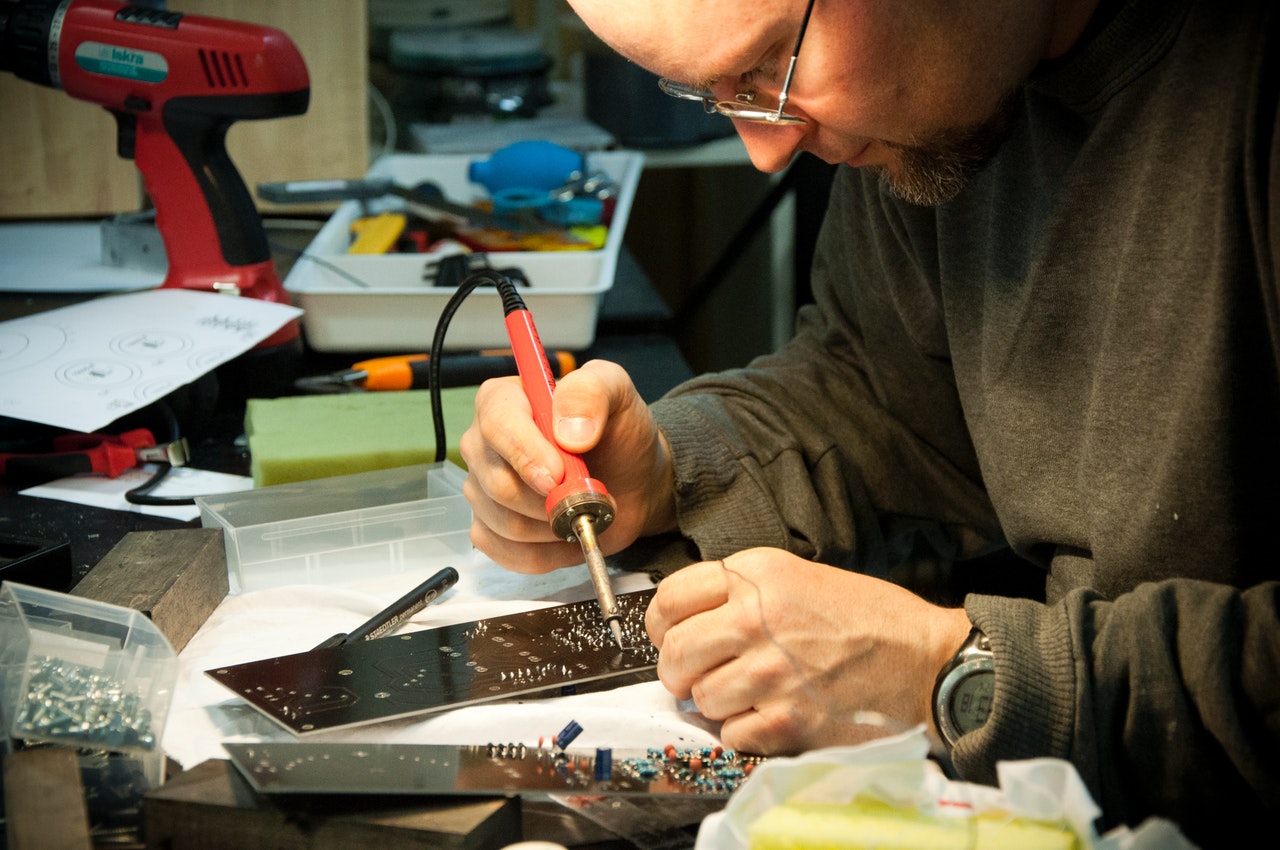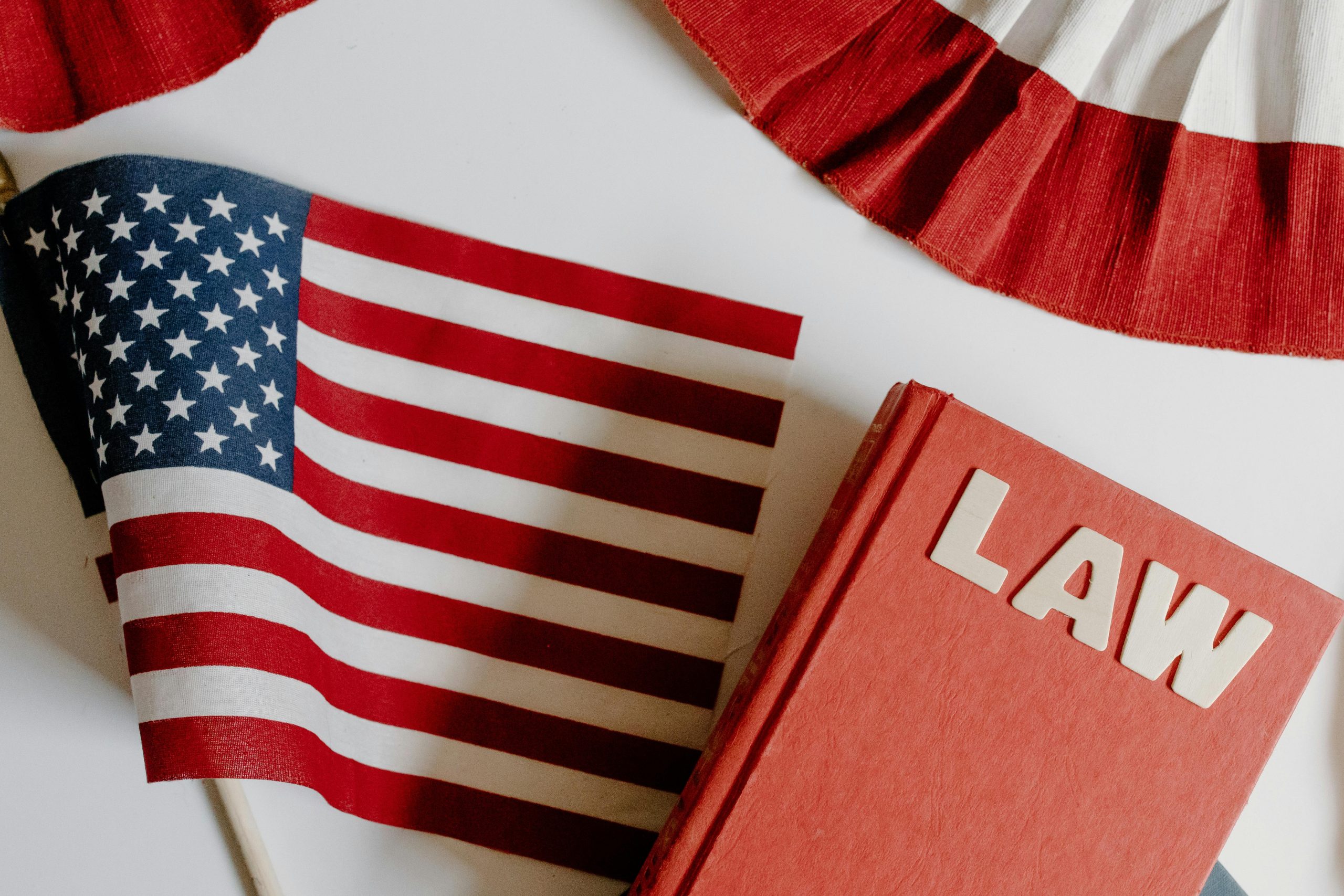From the school bench, everyone knows that tin with the chemical symbol “Sn” is used for soldering microcircuits and other radio components. The main requirement for this alloy is a low melting point. This is because the solder should melt during the process, not the part to be joined. Pure tin with a melting point of 232 ° C is quite suitable for these purposes, but in practice, pure tin ingot for soldering is not actually used, because of the high cost, alloys with lead and other metals are more often used.
Characteristics
Tin is indispensable in the manufacture of electronic devices. Due to its properties, it is used for welding components in radio engineering. The alloy, called Eutectic, consists of lead (Pb), silver (Ag), copper (Cu) and nickel (Ni). Thanks to these additives, tin melts at different temperatures depending on the percentage of each of them.
Tin is soft and pliable, but is very resistant to corrosion and does not form rust, has very good electrical conductivity and relatively a low melting point alloy. All these characteristics make it indispensable for creating electronic devices.
The soldering process proceeds in soft welding, which consists of combining two basic elements by contributing to the base of the third element with a lower melting point. For example, by soldering a copper gasket of a circuit board to the capacitor leg, molten tin is used, which melts at a much lower temperature than the basic elements. During heating, liquid tin is attracted to the base components due to its capillary properties, and then it is cooled in the mode of soft soldering.
What is the melting point
Tin, which is used in electronics, usually refers to the type of eutectic, which means that it is an alloy with a lower melting point for each of its constituent elements. So, if there is a 60% tin alloy (T melting point – 232 C) and lead 40% (T melting point – 327 C), then the total melting point of the alloy will be approximately 183 C.
The most common solder used in EU mills for electronic work is 63/37 SnPb. It is an eutectic alloy with a melting point of 183 C. The 60Sn alloy has an operating range of 183-238. There is a lower temperature Sn43Pb43Bi14 alloy having melting points 144-163.
Solder Composition
Lead in the alloy is gradually replaced in accordance with the new EU directives (RoHS and WEEE) and replaced by solders made of tin and antimony alloys. Already in the EU, many stores do not sell it.
How to choose the right
The choice of solder depends on the type of work and the purpose of the finished product, as well as on the conditions under which the product will be operated.
Criteria that you need to pay attention to before choosing solder for soldering:
1. Type of soldering iron.
2. Wire size. Diameters vary from centimeters or millimeters, wire size depends on the work performed.
3. The flux cleans the soldering area, facilitating the flow of solder and, therefore, an ideal solder joint. Flux changes the surface tension, as it increases the adhesion properties in the soldered joint.
4. Before buying, you need to know at what temperature the tin for soldering melts.
Structure. The debate about which solder to use on lead or lead on printed circuit boards is still ongoing. Despite the debate caused by environmental and health problems, many electrical engineers use lead.
Using
Experts give useful tips that really help novice hams to properly solder:
1. Choose solder with minimum lead content.
2. It is necessary to monitor the cleanliness of the soldering iron tip, it should not have a dirty deposition.
3. Use a file or sandpaper for cleaning. The sting after cleaning is tinned with rosin.
4. It is not recommended to hold the device for a long time at the solder point since the connected parts are capable of receiving high-temperature damage. To reduce the detrimental effect of T on the part, it is held with tweezers, which will act as a heat sink.
5. The product is cleaned before soldering, and the contact contacts are additionally tinned to provide an excellent grip.




